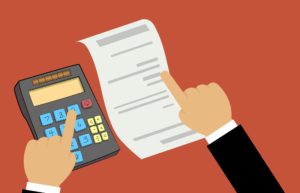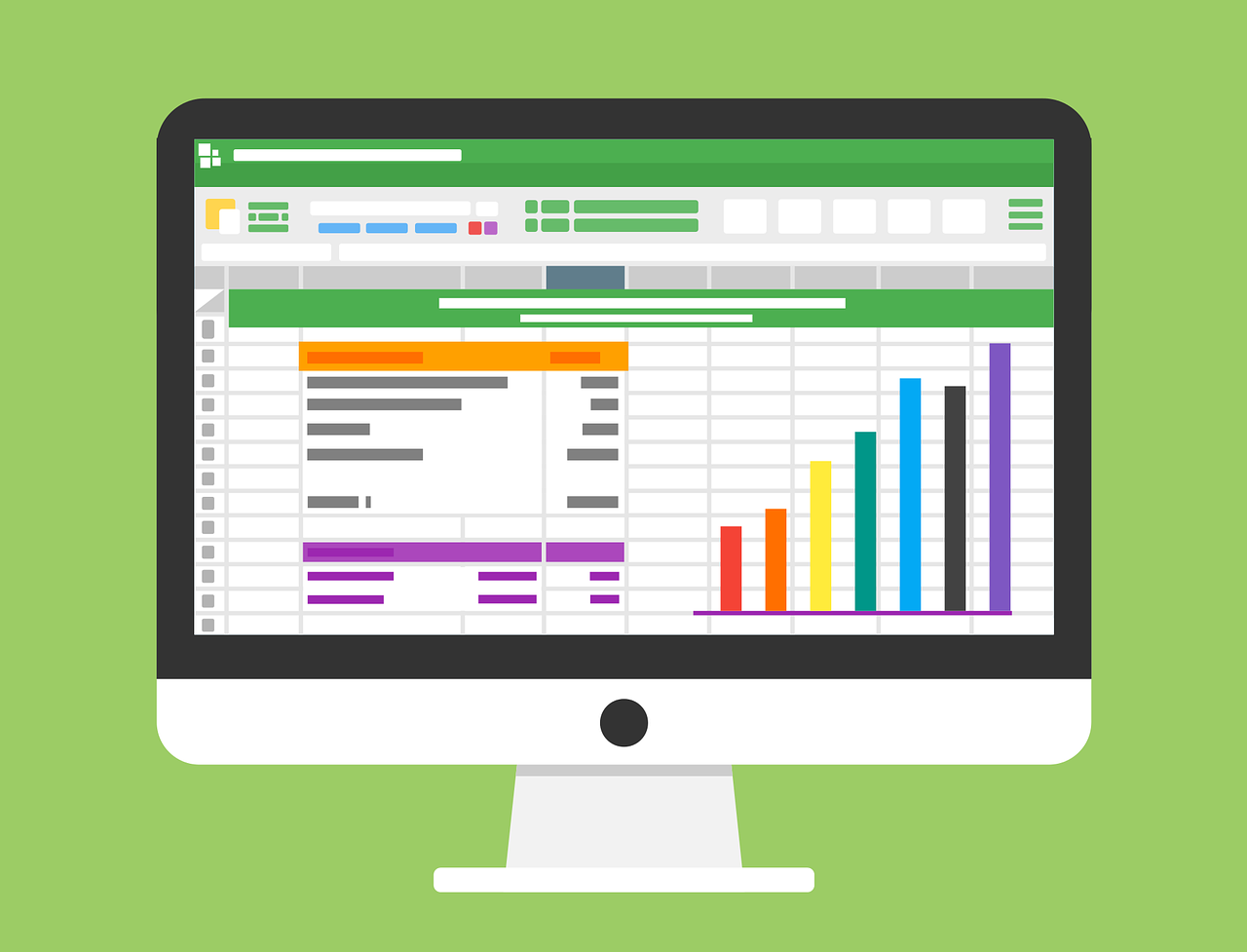First Published: 11 July 2022 Restaurant Finance Management Tips
How to manage restaurant finance is a critical part of any successful restaurant business. Whether you’re a small independent cafe looking to expand or a large chain with multiple locations, having a sound finance system in place is essential for long-term success. This article will highlight the basics of restaurant finance management so that you can create a solid plan and confidently move forward.
There’s no question that restaurant finance management is an important part of any business. It’s essential to track your cash flow and make smart decisions about where to allocate your resources.
A good financial spreadsheet can help you do exactly that. You can quickly identify problems and make necessary adjustments by tracking your expenses and income. You can also create and follow a budget to help you stay on track and avoid overspending.
Regularly checking reports will also give you a snapshot of your overall performance. This will let you know whether you’re making progress or if any areas need improvement.
Financial spreadsheets are the backbone of your restaurant’s future health. They help you track your cash flow, create and follow a budget, and check reports regularly to ensure you make the right decisions.
By taking advantage of all the features offered by financial spreadsheets, you can ensure that your restaurant is in good shape for the future!

Managing Restaurant Finance
Restaurants generally have two sources of income – operating revenue and cash flow. Creating a working budget is the first step in managing your restaurant’s financials.
This will help you determine how much money you have available monthly and which expenses are necessary for running your business. Next, you must track receipts and payments to ensure you spend your money wisely.
You’ll also want to keep tabs on your net profit and loss so that you can make informed decisions about future investments.
- Most restaurants have a long-term budget that is based on historical data.
- This budget is used to plan daily and weekly sales forecasts.
- The cash flow forecast determines how much money the restaurant needs to bring in daily and weekly.
- Any changes in the number of customers or prices of food items affect the restaurant’s cash flow.
Restaurant cashflow
A restaurant’s cash flow is important for a few reasons.
- It helps ensure the restaurant has enough funds to cover its expenses and keep the lights on.
- It also ensures the restaurant has enough money to pay its employees and suppliers.
- Finally, it is used to buy inventory and make other financial investments.
Most restaurants rely on a mix of cash and credit cards. Restaurants may also have a line of credit or revolving credit facility that allows them to borrow money from banks. When the cash flow is low, they may have to reduce the number of employees they hire or stop serving some food items. They can also try to increase the prices of their food items or resort to cross-selling and upselling to increase sales.
Restaurants typically have two types of cash flow – operating and capital.
- Operating cash flow covers day-to-day expenses like salaries, food, and fuel.
- Capital cash flow finances long-term investments like new equipment or renovation. In addition, some restaurants may also opt for a loan from financial institutions.
Restaurants also have what is called positive and negative cash flow:
- Positive cash flow is when an establishment makes more money than it spends.
- Negative cash flow is when an establishment spends more money than it makes.
Various measures are typically used to manage cash flow, including cutting costs, increasing sales, and refinancing.

Track Restaurant Cash Flow
Restaurants can be lucrative, but keeping track of your cash flow is crucial to understanding where your money is going. Record your daily cash flow and finalise it every week. The total cash flow for each day and week should match the banking statement at the end of the trading week, and any discrepancies must be thoroughly investigated. Doing this lets you identify areas that need improvement and make necessary adjustments before it’s too late.
One of the most popular tools for tracking restaurant cash flow is Restaurant software like Lightspeed, which integrates with various accounting systems.
These programs provide insights such as food costs, labour expenses, liquor sales, etc. This information can be used to optimize business operations and better allocate resources between departments.
If you want to track a restaurant’s cash flow, business accounting software is a good way to do it. This will allow you to keep track of revenue and expenses in real-time and generate reports that can help you make informed decisions about your business.
Some popular options include QuickBooks and Peachtree Accounting. Make sure that the software that you choose has features specifically designed for tracking restaurants so that you can accurately measure your successes and failures.
Many restaurants optimise their cash flow by implementing these systems. They also help forecast future needs and make necessary adjustments to balance the cash flow.
Mechanisms to manage cash flow
Restaurants may resort to several mechanisms to manage cash flow, such as:
- Raising prices
- Diversifying their menu
- Making cuts to operational costs
- Cancelling reservations
- Selling assets
Cash-and-carry
Many restaurants use a method known as cash-and-carry to manage their cash flow, paying their suppliers in cash and immediately withdrawing money from the bank to cover their expenses.
They may also have lines of credit that they use to cover shortfalls:
- Restaurants may also borrow money from investors or banks.
- In extreme cases, restaurants may go into debt to keep the business afloat.
Budget for restaurant managers
A restaurant manager’s budget can help them maximise their spending. Creating a budget can be intimidating, but it’s essential for restaurant managers.
Total your monthly expenses and break them down by category (food, rent, salaries, etc.). Include operating and marketing costs. Taxes, insurance, and other overhead costs (such as property rent or lease) must also be considered.
Once you’ve created a budget baseline, track actual expenses monthly. This will help you identify budget-cutting areas.
Lastly, account for any unexpected expenses to avoid budgetary overspending.
As food prices rise, restaurateurs’ budgets may also rise. Managers must monitor changing consumer preferences and adjust their menu to stay competitive and satisfy customers.
Finally, automate your bill payments so your finances are always well-managed.

Create a budget and reduce ingredient costs.
Keeping ingredient costs down is essential if you want to create high-quality food without breaking the bank. You can use simple, affordable ingredients from a reputable source.
Stick to familiar brands when making purchases and avoid buying extra if you don’t need it. Instead of expensive speciality seasonings, cook with inexpensive, versatile spices.
And lastly, keep an eye on expiration dates so you’re not unnecessarily wasting money on expired products.
Cut back on restaurant Labour Costs.
Restaurant labour costs are one of the most expensive expenses for restaurateurs. Finding ways to cut back on labour costs is important to keep your food prices low.
One way you can do this is by using a restaurant management system. This method allows you to track employee attendance, inventory levels, and kitchen activity in real time, which can help you make better decisions about staffing and menu planning.
Another way that you can reduce labour costs is by implementing a streamlined ordering process. This involves automating certain tasks so frontline staff have more time for customer service or taking orders from tables.
By doing this, you will be able to save money on wages and improve efficiency in the kitchen so that foods are prepared quicker than they would be if they were being made manually.
Cut back on restaurant operating expenses for restaurant managers.
As a restaurant manager, you know that running your business is expensive. From food costs to utilities, there are many expenses that you need to account for on a monthly or even weekly basis.
However, there are ways that you can cut back on these operating expenses without affecting service quality or food quality. For example, think about ways to economize when it comes to hiring and training staff. Rather than paying high recruitment fees and offering generous wages in
To optimise productivity, consider keeping some employees on flexible contracts and utilising technology to automate inventory management and payroll processes. This approach can lead to a more efficient and streamlined operation.
Food Cost
One of the best ways to reduce restaurant operating expenses is to reduce food costs. This can be done through various strategies, such as menu planning and ingredient selection, proper storage and preparation techniques, and effective meal service delivery.
In addition to food costs, you must account for rent, advertising, labour (front-of-house and back-of-house), utilities, taxes, and licences.
By reviewing all of these areas and implementing cost-effective solutions, you can reduce your overall budget while still providing high-quality dining experiences for your guests.
Reduce Operating Cost
While it may be difficult for restaurant managers to make extensive cuts, there are several steps that they can take to reduce their operating expenses. One of the first things managers should do is scrutinize their menu and cut back on items that don’t sell well. Additionally, they should review prices and consider reducing them by 10-15%.
They also need to keep track of personnel costs. Hiring new employees often comes with a cost, so managers may want to explore other options, such as shared work or pooled resources among team members.
And finally, depreciation and amortisation must always be considered when budgeting. By implementing these simple measures, restaurant operators can save money immediately!
Related articles:
How To Improve Restaurant Profits
Restaurant Management Structure

Q&A
Which are the most popular restaurant financing options?
Restaurant financing solutions vary based on your needs and preferences. Credit card loans, personal loans, and lease-purchase agreements are popular. Consult a financial expert to understand your position and identify the best choice.
How can restaurants improve cash flow?
A food cost reduction plan can help a restaurant’s cash flow. This may mean using fewer ingredients, cooking and serving meals differently, or eliminating menu items. Additionally, restaurants can staff fewer employees during off-peak hours or reduce customer wait times.
Some other measures that might be beneficial include adjusting prices for higher-selling menu items (possibly through discounts or coupons), increasing occupancy rates to increase revenue from room and table fees, and looking into marketing strategies to bring more visitors through the doors.
Are there ways to increase restaurant cash flow?
Spending less is crucial. This includes decreasing food waste, energy expenditures, and personnel costs.
Restaurants should know their pricing tactics because higher prices might reduce earnings.
Increase menu options or introduce new services like catering or off-premise sales to boost revenue.
Lastly, restaurant managers can look into marketing strategies, including advertising campaigns and special discounts for loyal customers.
How long does it take for a restaurant to make money?
It can be difficult to predict how long it will take for a restaurant to make money, as this depends on various factors, including the type of restaurant, its location, and its marketing strategy.
However, one study found that restaurants typically take around two years to start making a profit. Additionally, some experts believe it can take up to 5 years for a restaurateur’s investment in their business to pay off. So, while there is no guaranteed path or formula for success in restaurants, patience and hard work are usually rewarded.
Conclusion
As you can see, managing your restaurant’s finances doesn’t need to be daunting. All it takes is the right mix of experience and knowledge. By following the advice step-by-step, you can strengthen your financial position while still serving delicious food that customers love.
How can you improve your business’s efficiency and sales? How can you handle money daily? Sign up for our newsletter for more tips. Thanks for reading!

